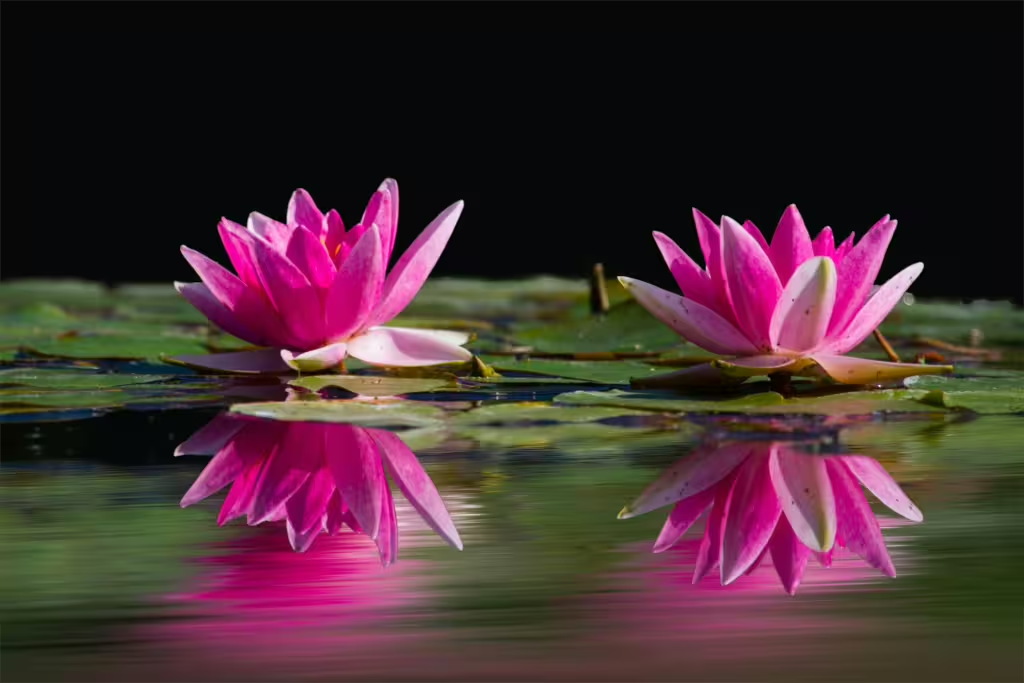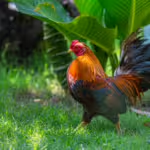At True Investigator, we cover all types of grandiose ecosystems. We have spoken at length about the vast, though disappearing, rainforests of the world and the wondrous, though diminished coral reefs that help to keep marine habitats thriving. Yet, as comprehensive as we try to be, we often overlook the amazing ecosystems located in our own backyards. Freshwater ecosystems, which includes things like rivers, ponds, lakes, and wetlands, host a diverse range of plant and animal species, some of which are absolutely crucial to the. survival of these and all neighboring ecosystems.
For the purposes of this article, we will focus exclusively on the flora that calls these waterways home. The freshwater plants mentioned below are vital because they provide essential functions for both local wildlife and neighboring humans. Sometimes referred to as, aquatic macrophytes, these plants play a critical role in maintaining water quality, preventing erosion, and supporting a vast array of organisms.
As one might expect, however, the future of these plants and the ecosystems they inhabit is uncertain. Many freshwater ecosystems are under threat due to habitat destruction, pollution, and climate change, which has lead to significant declines in plant species and the animals that depend on them.
In this article, we will explore those threats and how we might help to alleviate them. At the same time, we will examine why freshwater plants are so important. We will discuss the animals they support and some of the more interesting evolutionary facets that allow them to live in such supersaturated aquatic locales. So put on your waders and get ready dear reader, we’re about to dive in.
The Importance of Freshwater Plants
Freshwater plants are more complicated than the likes of Claude Monet would have you believe. It isn’t all lilies and reeds, but a wide range of different plants, each with their own unique way of surviving in wetland environments. These plants can generally be classified into three main categories: submerged, emergent, and floating vegetation. The lilies we mentioned earlier are a good example of floating vegetation, though there are flowering plants in just about all three categories.
Still, each of these three types provides its own unique ecological benefits to its habitat, while collectively, the trio serves as the very foundation of freshwater ecosystems. These plants provide essential habitats for many other species, while simultaneously contributing to the overall stability and productivity of their respective aquatic environments. As with most plants, these freshwater varieties serve as primary producers, forming the base of the aquatic food chain.
More importantly still, the very presence of these plants can significantly influence water chemistry and hydrology; which has become more and more important in the wake of pollution, climate change, and soil or water quality changes. Without aquatic macrophytes, many aquatic systems would struggle to function properly or even at all. This would invariably lead to a marked decline in biodiversity within the area as well as ecosystem services that benefit nearby human settlements as well.
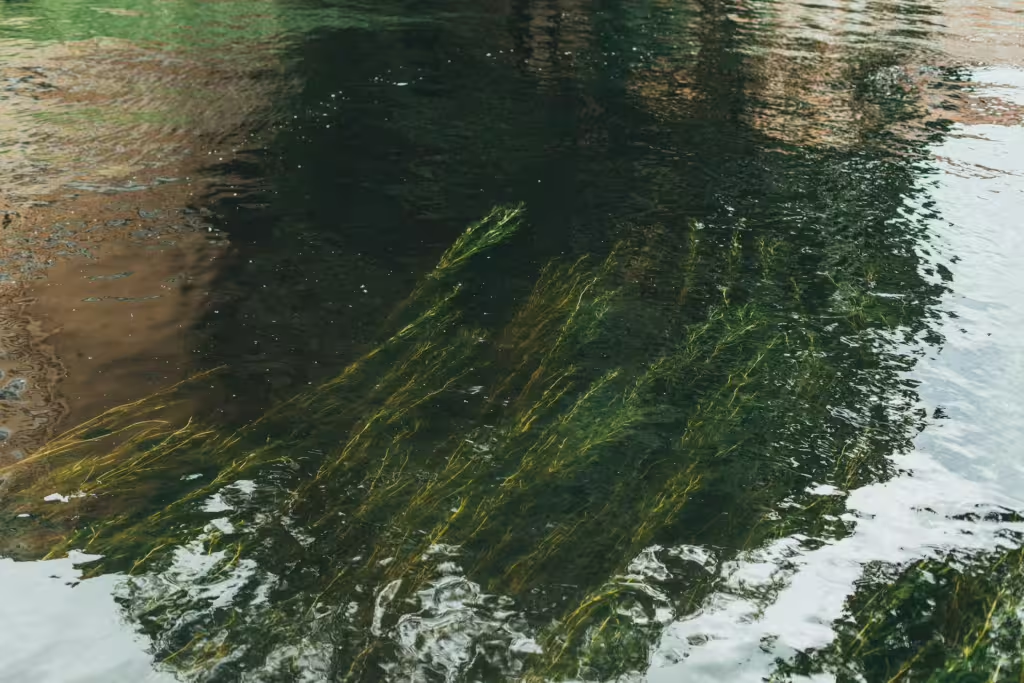
Water Purification and Oxygen Production
Freshwater plants help maintain water quality in their waterways. They do this by absorbing excess nutrients such as nitrogen and phosphorus, compounds that, when left unchecked, have been known to lead to harmful algal blooms. When this happens, the waterway can become hypoxic, causing large-scale fish kills and upsetting the ecological balance of the entire area. Many an affected river, lake, or wetland has found its waters choked and hypoxic thanks to overgrown algae in recent years and has since become a dead zone, someplace that can no longer support wildlife or non algal plant life.
Because plants produce oxygen through photosynthesis, they ensure a healthy environment for fish and other aquatic life that depends on that oxygen to function. In regards to oxygenation, submerged plants like eelgrass (Vallisneria) and hornwort (Ceratophyllum) play an especially important role. At the same time, these plants act as natural biofilters, trapping sediments and contaminants, and preventing pollutants from reaching deeper bodies of water. The role that water plants play in filtering out toxins and improving water clarity makes them indispensable in aquatic conservation efforts; which have become more and more necessary in the modern day.
Erosion Control and Habitat Stability
Longtime readers and botany enthusiasts will be familiar with the idea that plant roots can stabilize soil The same is true for many freshwater plants, specifically emergent plants, such as cattails (Typha) and bulrushes (Schoenoplectus). These water-adjacent plants possess extensive root systems that help keep them situated along the riverbank. This location and structure allows them to stabilize the soil, thereby preventing wetland erosion.
At the same time, these plant roots can trap sediments and slow water flow, which can create a more stable environment for other plant species and local animals. The mere presence ensures that shorelines remain intact, reducing the risk of flooding and land loss. In addition to stabilization, the roots of these water plants also enhance soil aeration, which benefits microbial communities that contribute to nutrient cycling.
When it comes to the unpredictable weather of the modern day, especially storms, hurricanes, and torrential rains, wetland plants are extremely helpful. Indeed, those wetlands that are dominated by emergent vegetation act as natural buffers against storm surges, protecting inland areas from extreme weather events. In degraded landscapes, reintroducing wetland plants like these can help restore lost habitat and improve the resilience of freshwater ecosystems against a whole slew of environmental stressors.
Food and Shelter for Wildlife
Many aquatic species depend on freshwater plants for food, others for nesting sites, and some of the smallest wetland inhabitants use them as protection from predators. Ducks, for example, are known to feed on pondweeds (Potamogeton), while fish and amphibians use dense vegetation as spawning grounds and shelter from, well, ducks and other hungry waterfowl. Beavers rely on willows and other sturdy wetland plants to build their dams and lodges.
That’s not even mentioning the many microhabitats that freshwater plants create for countless small organisms, from invertebrates to juvenile fish. There is an intricate web of life beneath the still surface of a country pond, just as there is one beneath the roiling current of a rushing river, and in each of these places, freshwater plants have their place. The seeds, leaves, and stems of many freshwater plants also represent a critical food source for herbivorous species, while at the same time, decomposing plant matter supports detritivores that contribute to nutrient recycling.
Animals That Depend on Freshwater Plants
The rich biodiversity in freshwater ecosystems is directly linked to the presence of freshwater vegetation. Various animals, from insects to large mammals, including humans, rely on aquatic plants for survival. The loss of these plants can trigger trophic cascades throughout the food web, impacting species at all levels.
Invertebrates
Aquatic insects, such as dragonflies and mayflies, lay their eggs on freshwater plants. Additionally, the nymphs of these species use different types of submerged vegetation for food and cover. Snails and mussels may not have a backbone, but they also depend on aquatic plants for sustenance and habitat. Moreover, these invertebrates play an essential role in freshwater ecosystems by breaking down organic material and recycling nutrients, helping to maintain ecological balance.
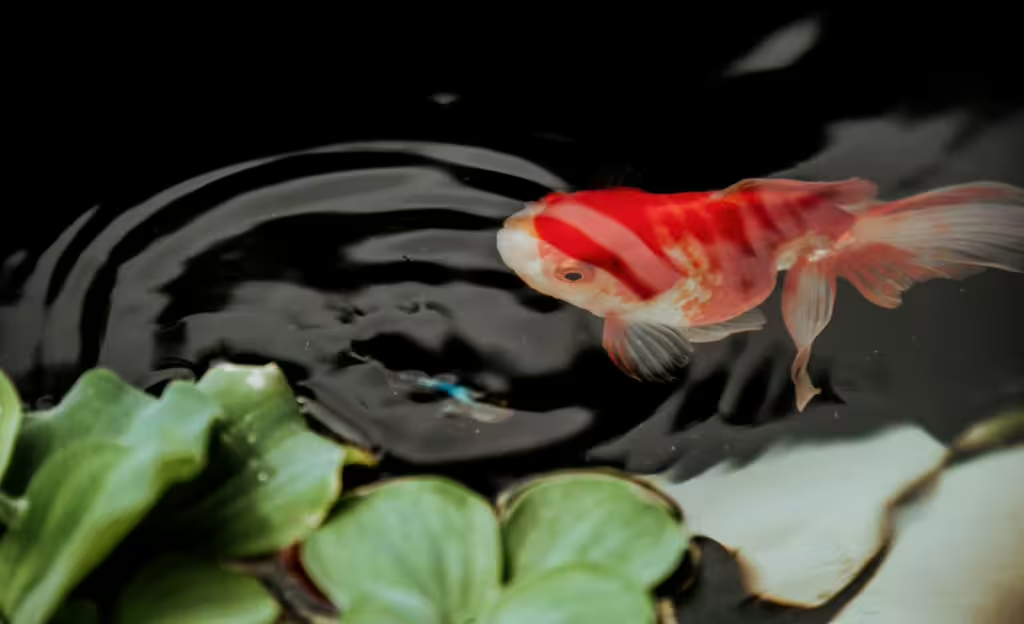
Fish
It should come as no surprise that fish need freshwater plants for food, spawning and protection. Bass, bluegill, pike, grass carp, and many other freshwater fish species feed directly on aquatic plants or use them to hide when they are young. At the same time, plant-rich environments support greater populations of prey species, ensuring a steady food supply for predatory fish. A good concentration of aquatic plants also means that the water is healthier and more oxygenated, which is good for fish health. Conversely, the decline of aquatic plants due to habitat destruction or pollution often leads to declines in fish populations, affecting commercial and recreational fishing industries of human beings that dwell nearby.
Amphibians and Reptiles
Frogs, salamanders, and turtles use water plants as food, resting places, and hideouts. These animals depend on wetland plants for breeding and shelter and many amphibians lay their eggs on plant surfaces. Wetland plants also provide crucial basking and hunting areas for reptiles, such as water snakes and turtles. The moist environment created by aquatic plants is similarly essential for amphibian skin respiration, while dense plant growth offers ideal hiding spots from predators.
Birds
If any critters symbolize wetlands more than others, its birds. These ecosystems are crucial for waterfowl and wading birds such as ducks, herons, swans, goose, and egrets. These types of animals rely on aquatic plants for nesting and foraging and seeds from wetland plants provide an essential food source for migratory birds. At the same time, many bird species use tall emergent plants for shelter and protection from predators, while hunting the copious amounts of insects that call the wetlands home. Sadly, the loss of wetland plants due to habitat destruction can have severe consequences for migratory birds, whose survival depends on intact and healthy stopover sites to continue to survive.
Mammals
Beavers, muskrats, and otters are all examples of mammals that thrive in freshwater ecosystems. These cuddly cuties use freshwater plants for food and shelter. Beavers, in particular, are ecosystem engineers that shape wetland landscapes by using vegetation to construct dams and lodges. The result of this engineering is the creation of additional habitats for numerous other species. This also promotes habitat complexity, which benefits a wide range of aquatic organisms. What some folks don’t realize is that wetland plants provide cover and foraging opportunities for larger mammals as well. Moose and deer rely on these ecosystems for sustenance, as do humans, who hunt the fish and other animals that live there for food.
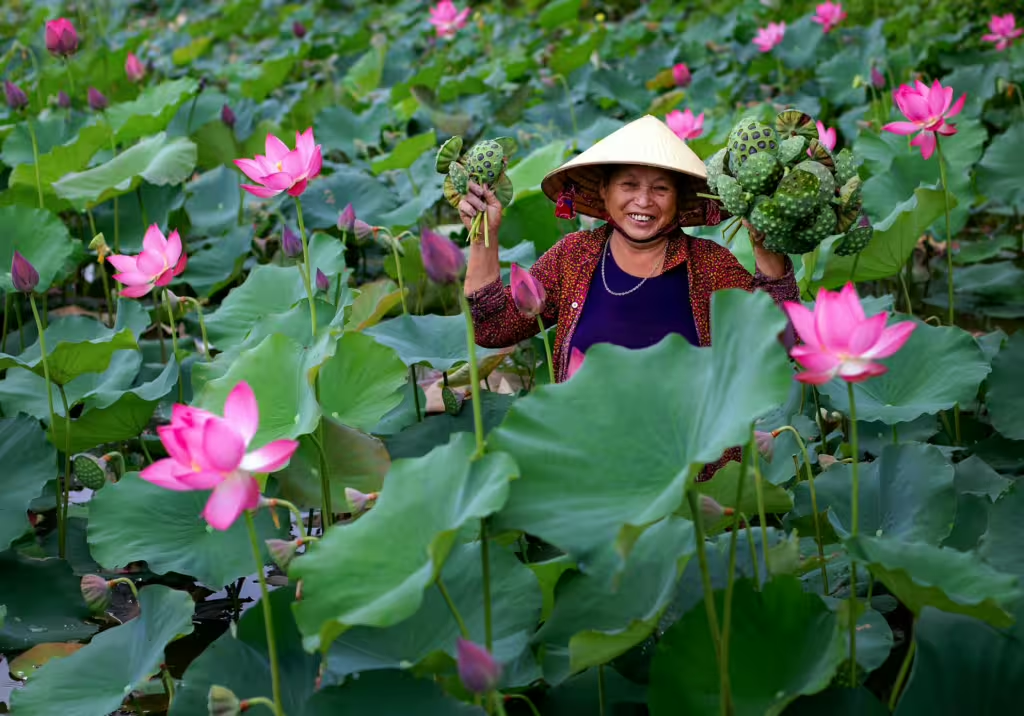
Freshwater Dangers
As vital as freshwater plants are, climate change and pollution pose serious threats to them and their ecosystems. Climate change is particularly sticky as it threatens freshwater plants in numerous ways that cannot always be mitigated by anything less than sweeping ecological changes. Climate change can alter the temperature of water bodies and since freshwater plants are adapted to specific temperature ranges, even the slightest changes in temperature can affect their growth, reproduction, and overall health. Rising temperatures can lead to thermal stress in plants, especially freshwater ones, which causes them to become more susceptible to disease and other environmental stressors. Warmer water also holds less oxygen, which can further hinder plant survival.
Meanwhile, pollution from industrial, agricultural, and urban runoff is still as much a problem today as it was in the last century. Pesticides, heavy metals, and other toxic substances can also accumulate in the water, poisoning plants and preventing their proper growth. It isn’t just bad stuff that can inhibit growth, either. Compounds that are generally considered “good” such as excess nutrients from fertilizers, can lead to nutrient imbalances in freshwater ecosystems. Why is this bad, you may ask? Well, excess nutrients can sometimes foster the growth of invasive plant species that outcompete native plants for resources like light, space, and nutrients they need to survive. This is due to the fact that more than a few invasive species often thrive in altered environments caused by human activities, which can quickly destabilize ecosystems.
Also, you may not realize it, but changes in precipitation patterns can affect the availability and quality of freshwater habitats. Even an increase in rainfall can lead to soil erosion and sedimentation in water bodies, smothering plants and disrupting their ability to grow. Droughts, meanwhile, reduce water levels, limiting access to freshwater and stressing plant populations while destabilizing local animal populations.
Conclusion
As you can see, freshwater plants are more crucial than we realize. These lifeforms are a vital component of aquatic ecosystems, providing food, shelter, and environmental stability. Not only do they support an immense diversity of wildlife and contribute to water purification, erosion control, and climate resilience, they help keep animals and plants fed, housed, and able to drink. Yet, even though human activities threaten these ecosystems, conservation efforts are in place to help protect them. Remember, by protecting and restoring freshwater plant habitats, we as humans can ensure the survival of countless species and maintain the health of these vital ecosystems for generations to come.
Discover more from TrueInvestigator
Subscribe to get the latest posts sent to your email.
